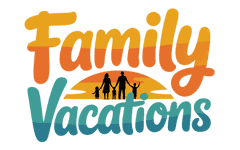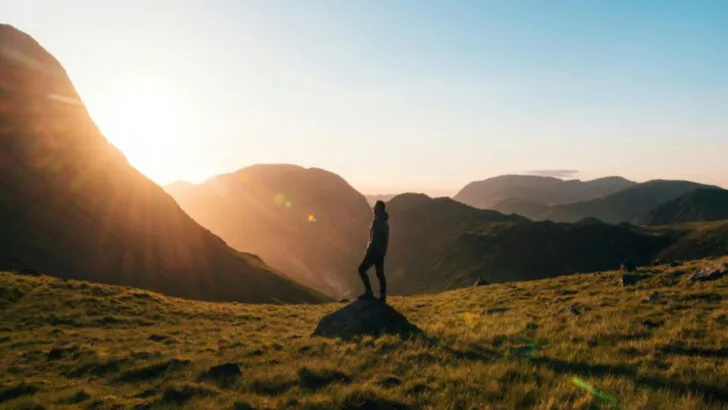Exploring a national park without a solid plan can lead to unexpected challenges and missed opportunities.
Here’s a rundown of my experience and the eight lessons I learned the hard way.
No Trail Research = Instant Regret
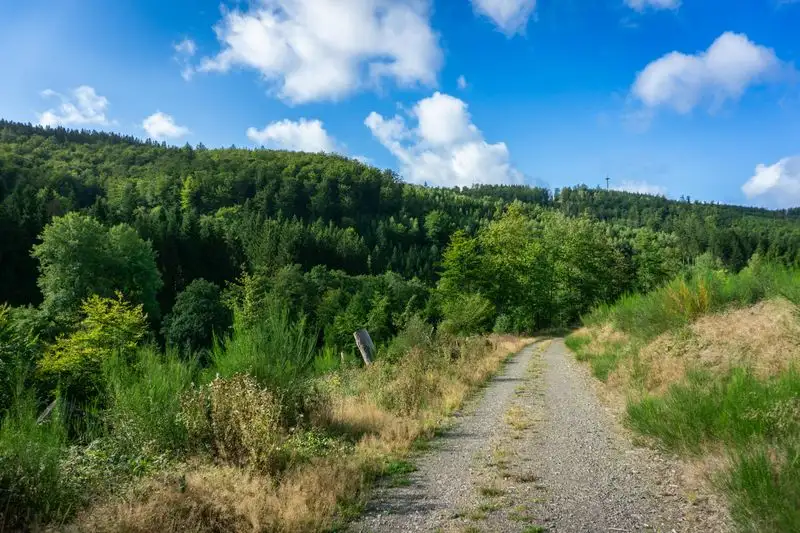
Choosing a trail based solely on its interesting name seemed like a fun idea. However, this whimsical decision led me down a strenuous 10-mile loop with relentless elevation gain and utterly no shade.
If I had taken even a few minutes to research, I would have known the trail was rated challenging. The sun beat down mercilessly, and my enthusiasm quickly waned.
As fatigue set in, I realized the importance of preparation. Trails vary greatly in difficulty, and knowing what to expect can make all the difference. Next time, I’ll look beyond the name and delve into the details.
No Map, No Signal, No Clue
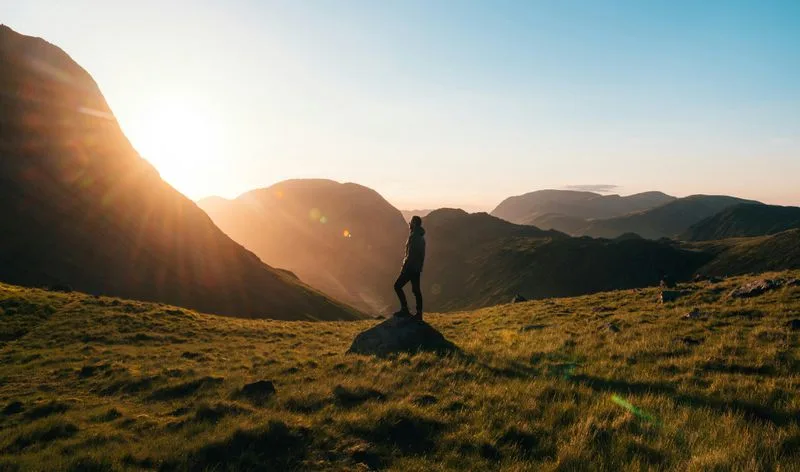
I assumed technology would guide me, relying heavily on my phone’s GPS to navigate the park’s vast landscape. My confidence quickly dissolved when I found myself in an area with no signal, unable to download an offline map.
Within an hour, I was lost, wandering in circles and growing increasingly frustrated. The absence of a paper map left me vulnerable and aimlessly searching for familiar landmarks.
Navigating a park without a plan or proper tools is like being adrift in an ocean without a compass. This experience taught me the necessity of always having a physical map.
Underestimating Weather Conditions
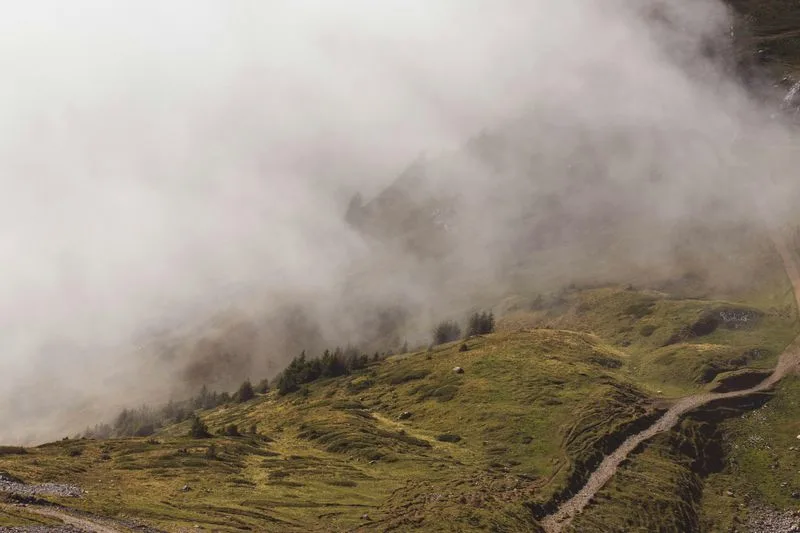
The morning’s cool breeze lulled me into a false sense of security. By noon, the park transformed into a furnace, and I found myself unprepared for the drastic temperature shift. Sunburn and heat exhaustion became unwelcome companions as I trudged along, regretting my lack of foresight.
Weather in national parks can be unpredictable, changing rapidly within hours. Understanding this dynamic is crucial for any outdoor adventure.
Next time, I’ll plan for all possible weather scenarios and pack accordingly. A simple hat and sunscreen could have significantly altered my experience.
Not Enough Water or Food
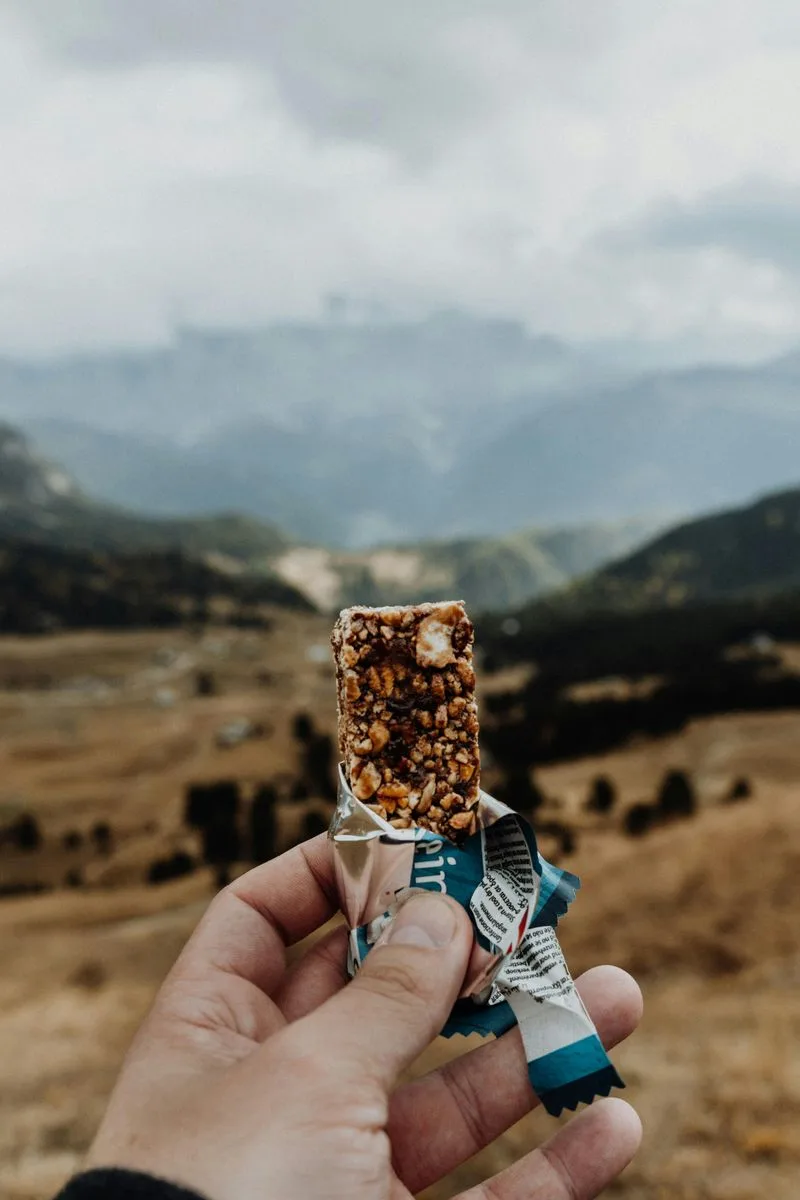
In my naivety, I packed a single water bottle and a granola bar, assuming I’d finish the hike in a few short hours. Six hours later, dehydration and hunger gnawed at my energy and spirit. This rookie mistake could have been easily avoided with better planning.
Being well-prepared with enough food and water is essential for any hike. It’s vital to anticipate longer durations than expected, especially when venturing into unfamiliar territory.
This experience highlighted the importance of overestimating supplies rather than facing dire shortages in the wilderness.
Ignoring Park Safety Guidelines
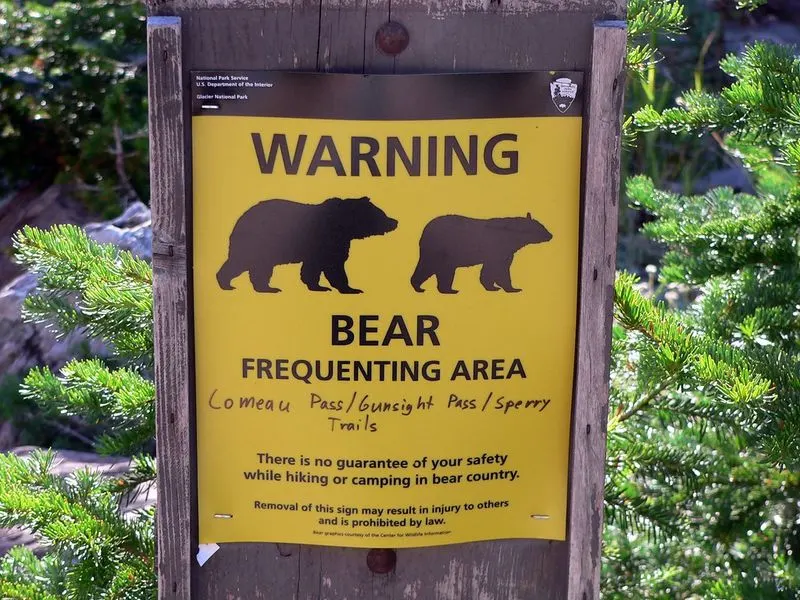
Skipping the ranger station and ignoring posted safety warnings seemed harmless at first. Little did I know, I was trekking through an area renowned for bear activity. Without bear spray or making noise, I inadvertently put myself at risk of a close encounter.
Park safety guidelines exist for a reason, and adhering to them can mean the difference between a safe adventure and a perilous one.
This experience was a wake-up call about the importance of understanding the environment I’m entering and respecting the rules meant to protect both visitors and wildlife.
Improper Gear
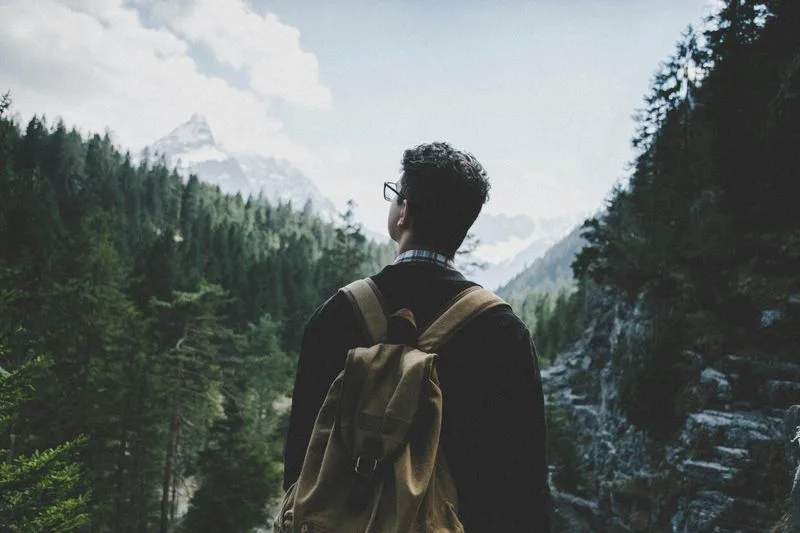
Dressed more for a casual stroll than a rigorous hike, I wore sneakers, skipped the hat, and carried a tote bag. My feet suffered, and I felt ill-equipped for the terrain. By the end, my sneakers were torn, and my spirits were equally tattered.
Wearing appropriate gear makes an enormous difference in the hiking experience. Proper hiking boots, a hat for sun protection, and a sturdy backpack for essentials are crucial.
This misstep was a vivid reminder that the right equipment can prevent discomfort and injuries, ensuring a more enjoyable outing.
No Emergency Plan
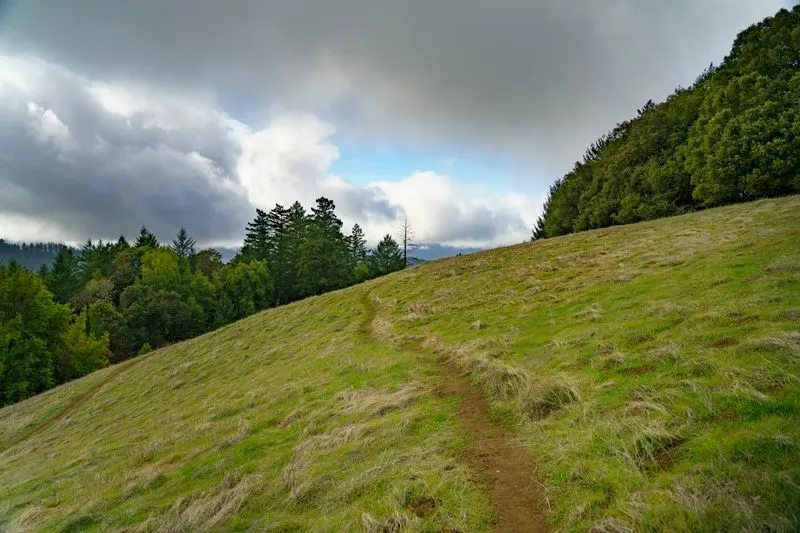
I ventured into the park without telling anyone my plans, leaving no itinerary behind or checking in with the rangers. If something had gone awry, my isolation could have led to serious consequences. This oversight was a stark reminder of the importance of having an emergency plan.
Letting someone know your destination and expected return time can be life-saving. Checking in with park authorities and carrying emergency contacts are simple steps that provide an added layer of safety.
Next time, I’ll be sure to communicate my whereabouts before embarking on any adventure.
Missed the Best Parts

Wandering without direction caused me to overlook some of the park’s most stunning views and hidden gems. While I meandered aimlessly, others were marveling at breathtaking vistas and noteworthy spots. A simple plan could have ensured I experienced these highlights instead of leaving with regret.
Every national park has unique sights that deserve attention, and a rough itinerary can help prioritize them. This realization opened my eyes to the importance of planning to fully appreciate the beauty and wonder a park has to offer.
Next time, I’ll ensure I don’t miss out.
